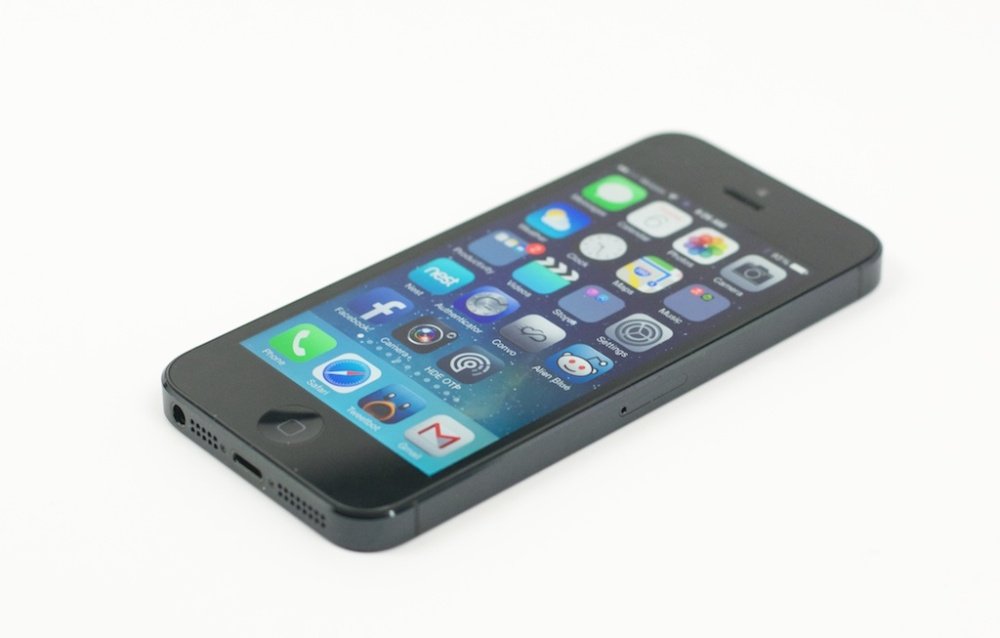Top Business apps for Apple's iPhone, iPad
Apple iPad Apps Development - Experience the New Age of Tablet PC
Apple always brings a revolution in the technology through its products. It has created a separate market (niche market) for itself. Today, Apple is booming for its tremendous and highly acceptable products in the world market.

Recently, Apple has launched a tablet computer that is amazing and fresh technology. iPad has attracted many users over the world. It has created its own market in the world. It has developed a platform for the audio and visual media. The look of it makes it as a pearl of the device.
iPad has open the new path to see the technology world in the different way. It has opened new doors of application development. It has boosted new users to avail this tremendous service developed by Apple Inc. It comes up with advanced and fascinating features that have to attract the users to use it.
Some stunning features of it take iPad apps development service to the top:
- High-resolution 9.7-inch touch screen
- iPod
- Multitasking
- iTunes
- Virtual keyboard
- Multimedia
- Unique software
- App store
- Quick contacts
- Connectivity and accessibility
- iBooks
- GPS Navigation
- iWork
The main and the best feature of it is that its capability to run applications that has developed for iPhone and iPod. It is necessary to keep in mind the size of iPad. So, the iPhone application can be increased to the large iPad screen.
The demand of it is increasing day-by-day as the use of it is increasing in the iPad app development to create dynamic applications. It runs on the same operating system on which iPod and iPhone runs. It is exciting for the iPad developers to develop applications for the iPad. iPad apps development seems alike that of the iPhone application development. Dynamic applications for it can be created by iPad application development to make it more functional and richer.
iPad apps development can be avail for various applications as follows:
The demand of it is increasing day-by-day as the use of it is increasing in the iPad app development to create dynamic applications. It runs on the same operating system on which iPod and iPhone runs. It is exciting for the iPad developers to develop applications for the iPad. iPad apps development seems alike that of the iPhone application development. Dynamic applications for it can be created by iPad application development to make it more functional and richer.
iPad apps development can be avail for various applications as follows:
- Business apps
- Gaming apps
- Finance and money application
- Social networking apps
- Education application
- Utility apps
- Shopping cart application
- Multimedia
- Entertainment application
- E-book apps
- Travel application
If you want to develop applications then you need to hire iPad app developer who provides you delightful service of iPad apps development at affordable cost with the quality.
Apart from the above applications, many other web apps are there to develop. Today, iPad is changing the mentality of the users and attract users to shift from computer and laptop to it. iPad has started a new age of devices and take the technology area to the top.
Apart from the above applications, many other web apps are there to develop. Today, iPad is changing the mentality of the users and attract users to shift from computer and laptop to it. iPad has started a new age of devices and take the technology area to the top.









